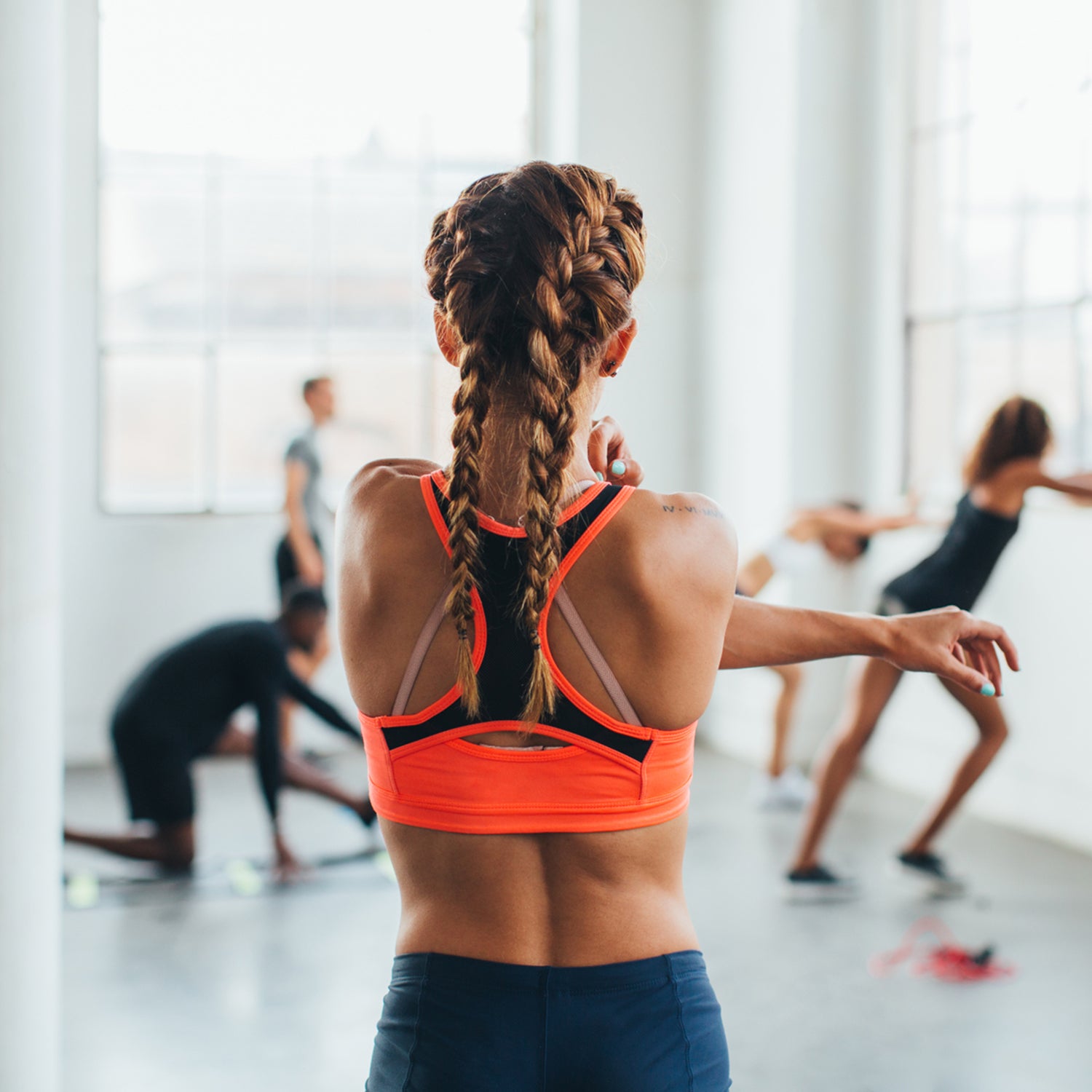A new report from the , a nonprofit focused on research in preventative health and wellness, that Americans spent $264.6 billion dollars on physical activity in 2018, far more than any other nation. The United States leads the world in spending for every segment, including fitness classes ($37 billion),╠řsports and recreation ($58 billion), apparel and footwear ($117 billion),╠řequipment and supplies ($37.5 billion),╠řmindful movement, such as yoga ($10 billion), and related technology ($8.1 billion). And yet, according to the academic journal , for all of this spending, we rank╠ř143rd globally for actual participation in physical activity. More than 40 percent of Americans fail to meet the global standard of 150 minutes per week of moderate physical activity (e.g., fast-paced walking, gardening) or 75 minutes per week of intense physical activity (e.g.,╠řrunning, strength training).╠ř
This data╠řlargely mirrors what we know about health care. The U.S.╠ř,╠řby far, the most money of any developed nation on health care per person╠řbut (if not last) on common measures of actual health, such as chronic disease, life expectancy, infant mortality, disability, and drug-related deaths. This is not surprising, given that insufficient physical activity, along with poor diet, is of preventable death, only behind smoking.╠ř
Underlying Causes
The Global Wellness Institute listed a few causes for the discrepancy between dollars spent on physical activity in the our country╠řand actual participation: we donÔÇÖt have enough sidewalks or bike lanes,╠řyouth sports have become too expensive and╠řhypercompetitive,╠řwe lack a supportive and communal exercise culture.
In addition,╠řthe health and fitness industry has become obsessed with complexity. Sometimes this is warranted, but often itÔÇÖs not. One reason people make things complex is so they can sell them. ItÔÇÖs hard to monetize the basics, but come up with an intricate and sexy-sounding approach╠řto something and people will pay for it. So why are so many of us willing to fork over cash for often unnecessary services? Perhaps because╠řcomplexity is╠řa way to avoid facing the reality that what really matters for health and fitness is simply╠řshowing up and doing the work. Not thinking about it or╠řtalking about it. Just doing it.╠ř
The more complex you make something, the easier it is to get excited about,╠řtalk about,╠řand maybe even get startedÔÇöbut╠řthe╠řharder it is to stick with over the long haul.╠řComplexity gives you excuses and ways out and endless options for switching things up all the time. Simplicity is different. You canÔÇÖt hide behind╠řsimplicity. You have to show up, day in and day out, and pound the stone.
What We Can Do About It
ItÔÇÖs time to go back to basics. For nutrition, Michael Pollan famously offered the advice: ÔÇťEat food, not too much, mostly plants.ÔÇŁ╠řFor fitness, IÔÇÖd like to add: move your body often, sometimes hard, every bit counts.╠ř
A common excuse is that people donÔÇÖt have time to exercise. While this may be true if youÔÇÖre working multiple jobs and struggling to meet your basic needs, itÔÇÖs simply not true for the majority of people. A╠ř╠řof 32,000 Americans by the think tank Rand╠řfound that, on average, Americans have more than 4.5 hours per day of leisure time, the vast majority of which is spent sitting in front of screens. This finding was consistent across income, age, gender, and ethnicity.
Even if you insist that youÔÇÖre too busy to exercise because you work some kind of important job, you ought to consider reframing exercise as an essential part of that important job. shows that regular exercise╠řincreases creative thinking and problem-solving, improves mood and emotional control, and enhances focus and energy. There is no line of work that doesnÔÇÖt benefit from those attributes.
Physical activity is not rocket science, and it doesnÔÇÖt need to cost billions of dollars. ItÔÇÖs actually quite simpleÔÇöbut simple doesnÔÇÖt always mean easy. If you need more inspiration or information, below are some past columns of mine that can help you on your path. You can also , where I share daily tips and tricks╠řbacked by the latest evidence.╠ř
- The╠řminimalist strength workout╠řthat you can do at home with little to no equipment.
- Fast-paced walking╠řgets you 99 percent of the way there when it comes to regular exercise.
- The best fitness tracker╠řis not some fancy technology, itÔÇÖs a training partner or community.
- The latest psychological science on how to stick to a new training plan.
- The latest science on exercise and depression.╠ř
Brad Stulberg () coaches on performance and well-being and writes╠ř║┌┴¤│ď╣¤═°ÔÇÖs Do It Better column. He is the bestselling author of the books╠ř╠řand╠ř. Subscribe to his newsletter╠ř.


